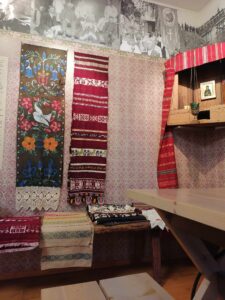
Weekly schedule 17-23.02
Monday 17.02 16.00 VENITUS AND BREATHING HOUR in the gym, room 321. Gymnastics takes place when at least 5 people participate. Pre-registration by 13.00 and
The share of prevention and rehabilitation in Estonia’s medical budget is too low, say 3. Participants of the representative international conference of the Setomaa Association and the Värska Spa Therapy Centre, held in Värska on 17 September. In this way, curortological rehabilitation could also find a place in Estonia among the health services supported by the Health Insurance Fund, similar to Latvia and Lithuania.
“Rehabilitation therapy is the fourth pillar of retirement,” summarised Dr Annelii Jürgenson, Head of the Rehabilitation Clinic at PERH. According to Jürgenson, in many cases, curettological rehabilitation allows avoiding expensive medical operations such as hip or knee replacements. Thousands of people in Estonia are waiting for these operations, many of whom will give up if they can get expert help to improve joint functionality without surgical intervention. However, hospitals do not deal with such patients because their rehabilitation departments are already overloaded. And to get help in a health resort, the citizen has to pay for the whole service themselves.
“There will probably not be any changes to the list of health care services that will be approved soon”, said Marko Tähnas, head of the Haigekassa’s Partnerships Department, in the discussion that followed the presentation. The head of the Estonian Association of General Practitioners, Dr. Le Vallikivi, pointed out that several types of curative rehabilitation, such as physiotherapy and mud therapy, are already on the list of services ordered by the Health Insurance Fund, but their use is rather limited, and hospitals do not provide many other services that are specific to health resorts.
Also in the Lithuanian experience, preventive and function-improving curative orthopaedic rehabilitation requires special conditions, confirmed Rūta Kapačinskaite, who presented a paper at the conference as a representative of the Birštonas resort region. The concept of curortological rehabilitation in Birštonas is based on the philosophy of Sebastian Kneipp, which combines water and movement therapy, the healing properties of plants with a healthy diet and an environment that restores harmony. According to Kapačinskaite, restoring harmony is the most difficult thing to do in today’s stressful working environment, and that is why resort areas away from business centres have a special place in health promotion, as it is easiest to switch off from the usual work routine when away from the usual environment.
According to Vello Saare, the director of Värska spa treatment centre, it is regrettable that the Health Insurance Fund and the Estonian health care leaders have not so far recognised the spa treatment centres as equal contract partners, even though the companies belonging to the Estonian spa association have the capacity to provide high quality spa rehabilitation, which is not inferior to the rehabilitation departments of hospitals.
Thus, resort businesses are currently operating primarily as providers of health tourism, and have been hit hard by the restrictions in the pandemic, as have all other tourism and hospitality businesses. “Estonia, like the major tourist countries, is currently at the same starting line and our future success in the post-pandemic world depends on how quickly and skilfully we are able to realise our potential,” said Piret Mürk-Dubout, Member of the Board of the Tallink Group, in her presentation “Is there hope for hospitality entrepreneurship?”. According to him, a high-capacity service provider is most in need of efficient, universal IT solutions that would allow it to continue operating in the face of a pandemic, even in the event of constraints.
Liina Maria Lepik, Head of the EAS Tourism Development Centre, confirmed that several campaigns introducing Estonia to foreign markets are already ready and waiting for the right time. According to Andres Sut, Minister of Enterprise and Technology, we should also understand the caution of the Finnish government, because in the opposite situation – if the Finnish infection rates were several times higher – Estonian leaders would also face difficult choices regarding cross-border traffic.
At the local level, the way in which a local authority is able to develop the infrastructure of its resort area plays a major role in realising the tourism potential. According to Urmas Sukles, Mayor of Haapsalu, tourism development has also contributed to the development of the services sector. According to Raul Kudre, the Mayor of Setomaa Municipality, guests of Värska Spa Centre also enjoy hiking and skiing trails outside the establishment.
It was the first conference in a long time on health, tourism and hospitality business, where nearly half a hundred participants met physically in the same room. The conference was supported by the Setomaa Programme.

Monday 17.02 16.00 VENITUS AND BREATHING HOUR in the gym, room 321. Gymnastics takes place when at least 5 people participate. Pre-registration by 13.00 and
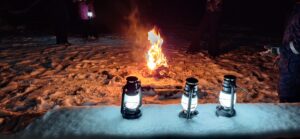
Monday 24.02 17.30 Festive dinner with piano music at Lahe Resto. Tuesday 25.02 14.00 LEISURELY WALK TO THE BORDER HIKING TRAIL. If you want to

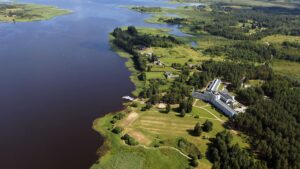
Monday 17.04 16.00 SHINDO VENITUS AND BREATHING HOUR in the gym, room 321. Pre-registration and payment at the reception, participation fee 10 EUR, limited places.
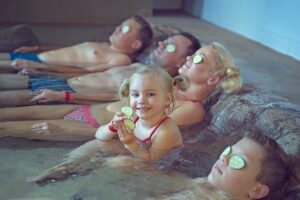
With the onset of the first sub-zero temperatures in winter, many families are in for an unpleasant surprise – children and adults alike feel a
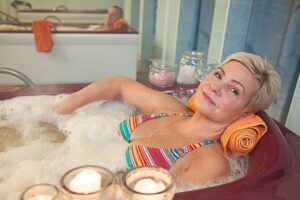
Muscle strain can make life a living hell, often with a sore back and neck. This can be significantly alleviated by the procedures included in
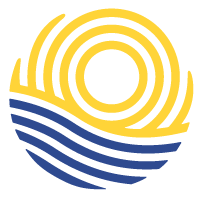
Vastab esimesel võimalusel
I will be back soon